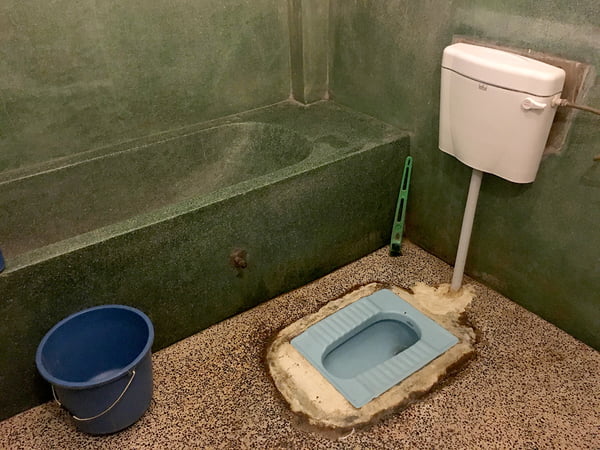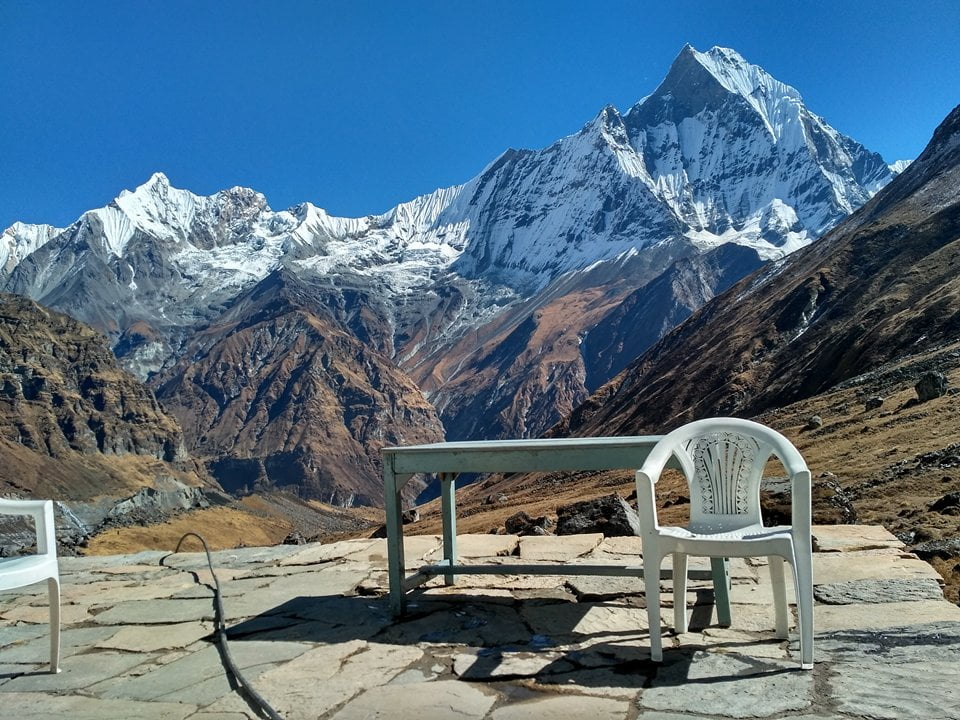
Viktoriia Vitova
37 years, Ukraine
10 Things No One Tells You About Hiking in Nepal
Life is hard, but for guides it's even worse. In this article we will tell the facts that isn’t that pleasant to talk about (otherwise tourists won't even dare to travel), but they are very common in average Nepal trekking.
1. Scary accommodation
Scary, sometimes very dirty so-called "rooms" are offered as accommodation. Often they were built of the simplest materials such as plywood, and can be characterized by hefty cracks and total absence of sound proofing. In some places one can find the rock face as a substitute for the wall, and the dirt will be the floor. How to deal with this? Nothing will help except humbleness. Unless you need to show more exactingness while choosing accommodation, and therefore pay a little over. As a rule, the newer guesthouse may be warmer and cleaner ("newer" is visually easy to distinguish). If possible, try to choose a room on the second floor, as it will be serving to retain heat, especially in the Everest area.
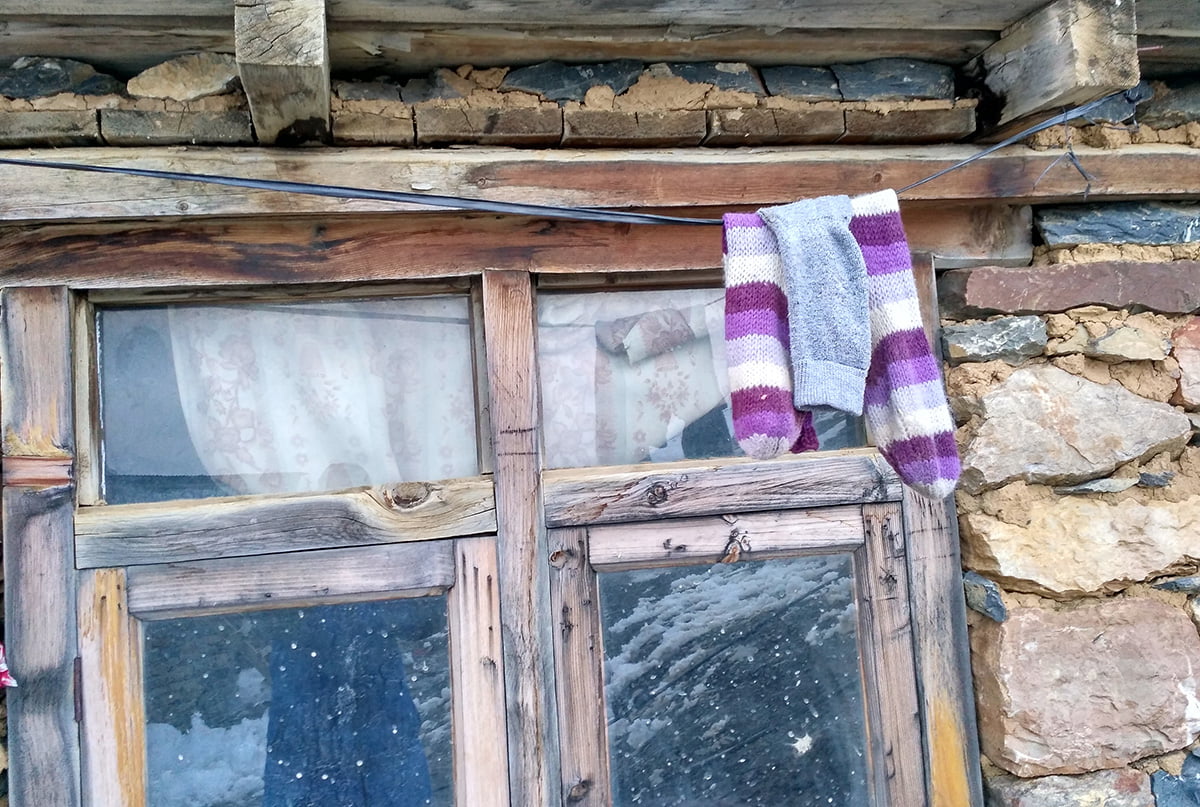
2. Cracked windows
Windows! Oooh... That's another story. Windows with cracks almost as big as a finger. They do not always close at all. The fact that the glass is often dirty is generally worth keeping silent. How to deal with this? Be ready for it! In some cases, you can just seal the cracks with some duct tape. Otherwise, you can bring 1,5 m2 of thermal insulator with you: it is weighs almost nothing and will help to isolate the room from the draft.
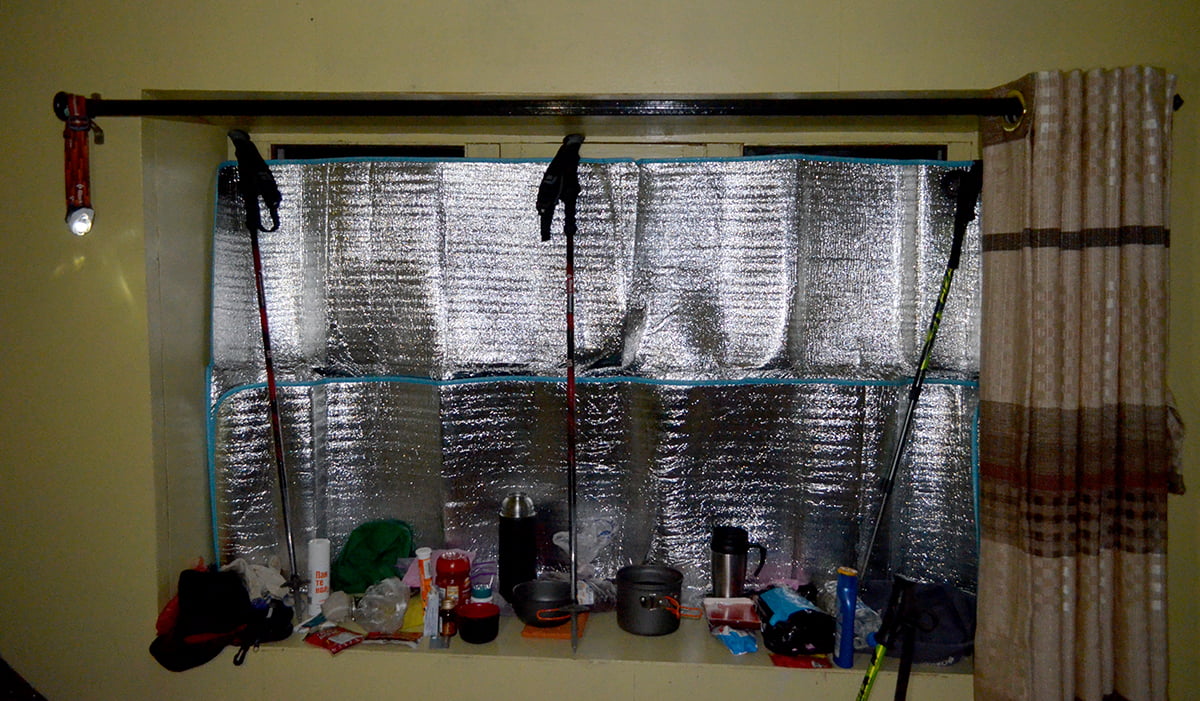
3. Billable electricity
Photo by Riccardo Annandale on Unsplash Electricity, Wi-Fi connection and shower on the trek are accessible for an additional cost. You have to pay from 1 to 5 USD to charge your phone. Sometimes the fee includes the full charging of the device, and sometimes it considers the charging time. Other huts and lodges have a distinguished price list for juicing your phone, power bank or camera. There are no outlets in the rooms. How to deal with this? There is a solution that can help you (although it's not that honest): buy a light bulb adapter. There are two types of these: with screwing or fixed cap. It's better to have both of them, just in case. But remember, most of the times the voltage at altitudes isn't 220, but 12 volts, that are enough for lighting, but not enough for charging all your devices. CAUTION! Very important: do not connect heating devices to such adapters. One portable boiler, connected to a light bulb, is able to cut the power of the entire lodge, and leave everyone without electricity. One more time, you will need the duct tape: since bulbs are often stick only to wires and an honest word.
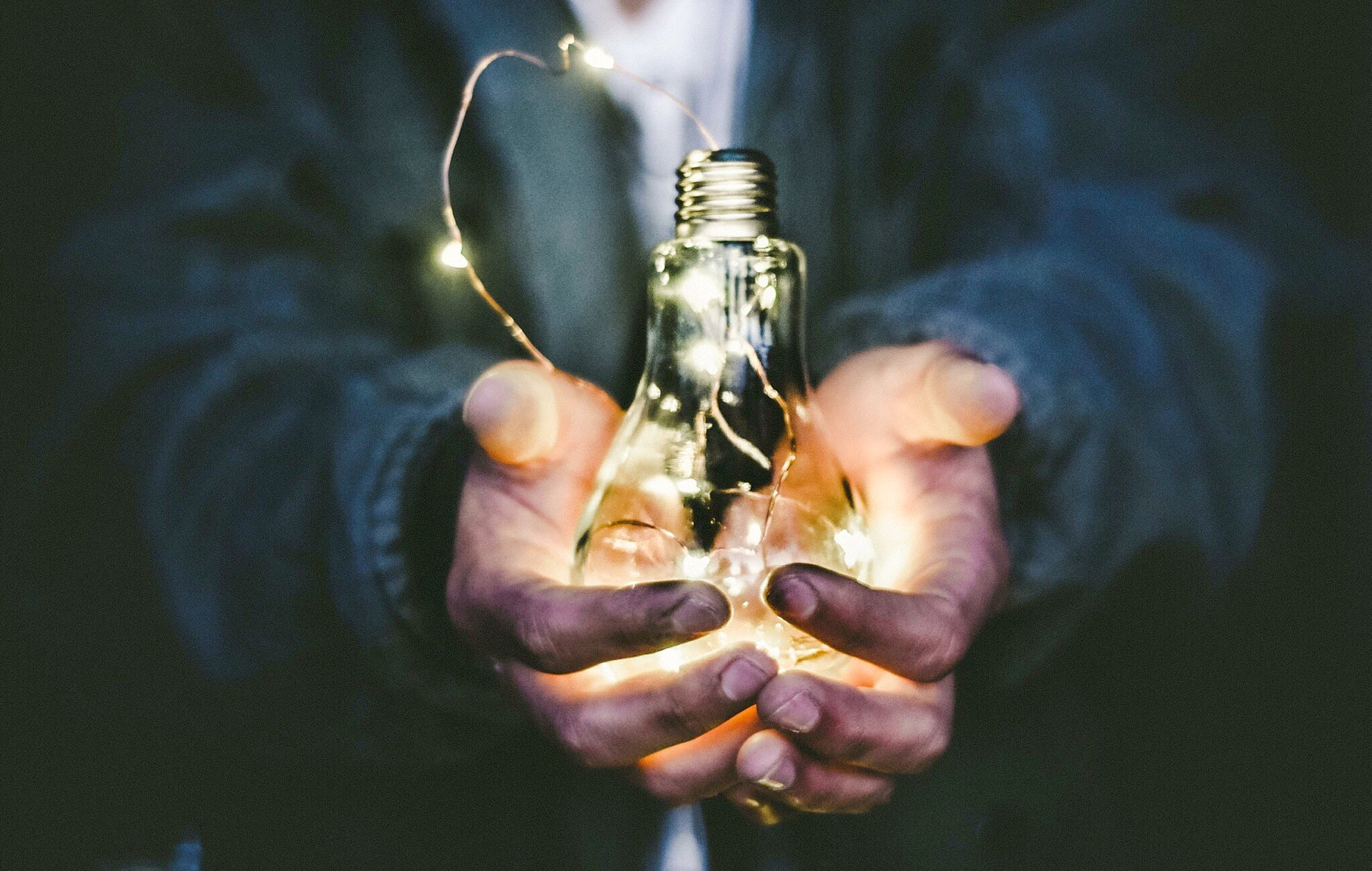
4. Wi-Fi or No Wi-Fi — that is the question
Wi-Fi works from time to time. The Internet bandwidth could be suitable for instant messaging and sending a couple of pictures. Usually, you won't have more patience to do other things. In case of bad weather, especially with clouds outside, it may not work at all. In the Everest region you can buy a prepaid Internet card but you need to read their terms and conditions carefully. Many times your 500 MB is valid for 12 hours from the moment of activation. That is, there will be no possibility to send a message per day — in a day the Internet will be disengaged. How to deal with this? For the Annapurna region the option is quite good: buy the local SIM card NAMASTE and pay for the mobile Internet. It's not much better than the Wi-Fi connection, but at least you will not depend on the owners of the lodges that much and their habit of turning off electricity at night.
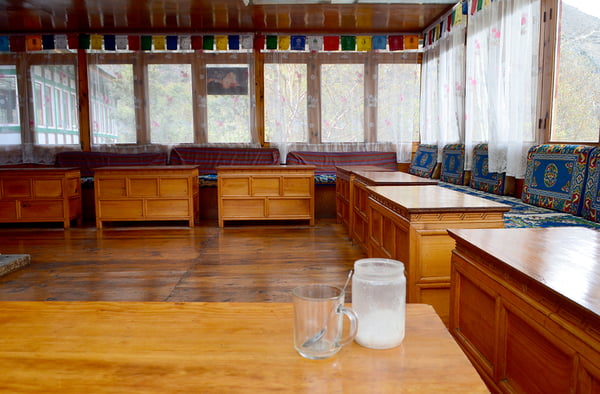
5. Quest for water
Shower. Sometimes they say “hot shower”. But no one specifies that the higher, the less you will have the desire of using it. What a pleasure of washing under a thin trickle of water of funny temperature, while being blown by the cold wind? In what corner sits the wind? But from the cracks form item 1, as we already said! Mind that sometimes the shower will look like a "loo" type booth and stand apart from the house. How to deal with this? First of all, always specify which shower you are offered. There are three main options in Nepal: solar, gas and bucket. The first option is suitable only if you stay for a few days in the lodge and the sun can heat the water during day-time. Usually it gets warm at 3-4 pm, and then cools down. The second option is the most recommended as it fits all trekkers. It implies the process of water heating by gas through a geyser. The third option is just a bucket of hot water in a shower (and it's a great offer if there is nothing else). Secondly, before taking a shower in Nepal, ask the owner to come along to tune everything and make sure it works. Don't let the landlord go until the water reaches the desired temperature! And that is why: the intricacies of Nepalese taps and switches will be very difficult to understand independently for the first time. Even more so, do not undress first, and then try to adjust the water. It’s better do learn it in a right way with the owner’s help, and only then take off your clothes and enjoy the water procedures. Lastly, always bring a towel and slippers with you in order to avoid stepping the cold floor.
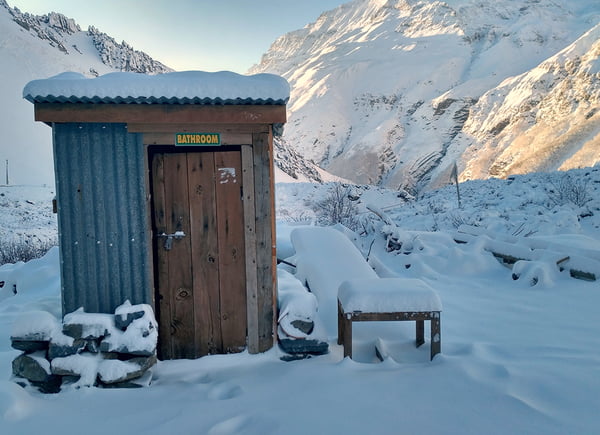
6. 50 shades of gray… and brownish
Dirty bed linen is another problem you will have to face. In mountain lodges they aren't washed that often. They use to become of a grey or cinnamonic shades because of that. How to deal with this? First of all, bring along a sleeping bag. You will appreciate it not only during the cold weather, but also for your own hygiene. One can also take a small blanket or a sheet with you and can additionally cover the pillow. But you also may do it with fleece or jacket as well.
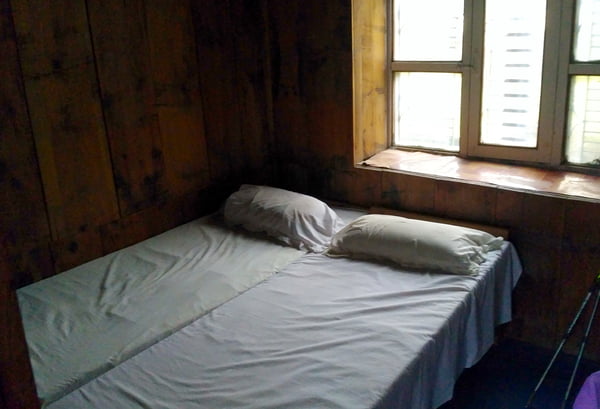
7. Charged meal for overnight
Almost no one talks about that, but when you stay in a lodge overnight, you enter an unspoken contract with the owner: a cheap room involves the purchasing of at least one meal from the menu. It means you must definitely eat in the same lodge at least once, otherwise you will be extra charged for the accommodation. How to deal with this? Choose lodges with deliciously smelling kitchens. You can also take some jetboil so you can make your own food in case the cook seems unprofessional. It is worth remembering that at which point it is necessary to observe the maximum fire precautions (do you recall plywood walls?).
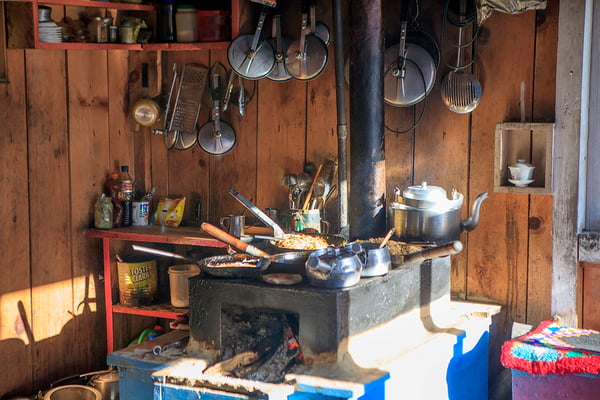
8. A hook and a mice
One would think, what connection? But sometimes Nepalese mices make their way to the rooms, seeking for food in tourists' backpacks. There is an “old school solution” for this problem: seal your food in plastic bags and hang it on the wall. Because normally there is almost nothing in the rooms, not even any hooks (generally, there is nothing else there except one, two, three or more beds). Most of times you won't even find a occasional table! How to deal with this? It's funny, but bring a small hook or pack food as tightly as possible. And also stock up a little wire so that the plastic bag can be fasten to something.
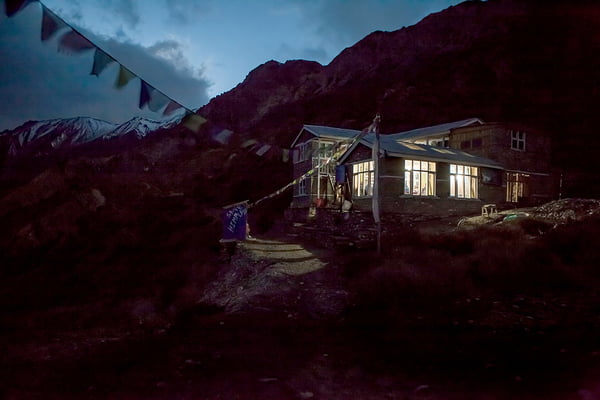
9. You can leave your hat on
Nobody will tell you in advance that warm clothes in Nepal are required not only for a day trip, but for the cold evenings in the living rooms also. After sunset it's getting much colder outside and Nepalese houses are completely unsuited for keeping heat (the outdoor temperature can differ from indoors only by 1-2 degrees). In the living/dining room they can light a potbelly stove, but it will be very cold in the bedrooms. How to deal with this? Take warm clothes! Perhaps you can bring along even a cosy blanket, in which you can wrap yourself up. Be sure not to forget a beanie, gloves and warm socks. Of course, the temperature will depend on the altitude, but even at 3000 meters it is noticeably cold in the evenings.
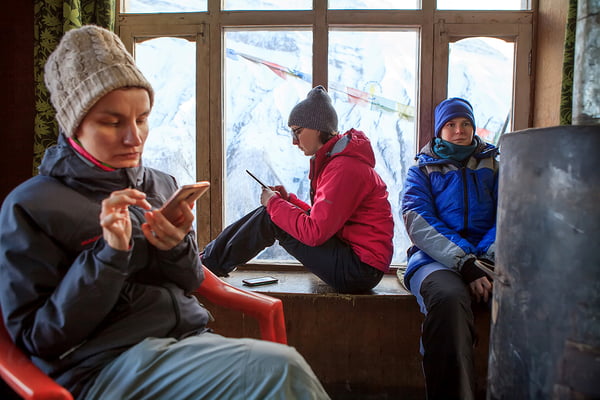
10. Buy a medical mask, bandana or buff
Do you imagine crystal clear sky, sparkling white peaks and clean air? It's not always like this in Nepal. If there is a caravan of yaks or other domestic animals in front of you, better step aside and have some tea or take a rest. The fact is that the “main transport in Nepal” goes along the same roads as the trekkers, and, contrary from people, they don't go to the toilets "behind the bushes". Animal excrements falls on the road, mix up with the dust and settles down not as fast as trekkers would like. How to deal with this? Do not forget to bring a medical mask, bandana or buff to be able to protect yourself from potential gastric disorders. Or wait until the dust settles on the road.
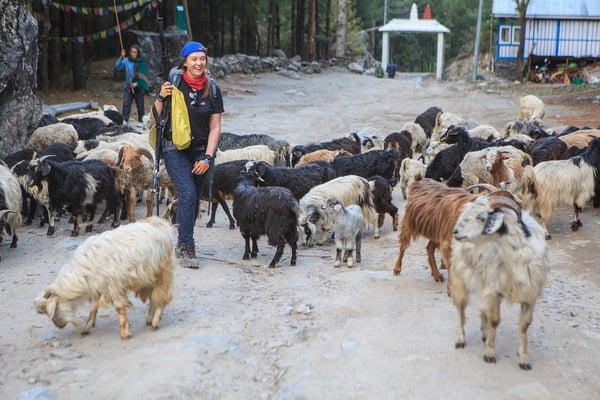
And finally: toilets!
Don't get me wrong, there are toilets in the mountains. Even if, sometimes with cracks (but this is more likely to be an advantage as they ventilate). The best toilet in Nepal is a hole in the floor. That's the perfect option! But Nepalese heard somewhere that Europeans likes toilet bowls, and guesthouses with such service are more expensive. Beware! Stories about flush WC are around, but the majority have not understood how correctly to apply this piece. There are a lot of masterpieces, from toilet bowls almost buried in the floor, to supporting stand-ups (so that it's more comfortable to stay on). At the same time, loo height is often stays preserved and it is very difficult to climb this structure safely. Generally, toilets can be located in weird ways, sometimes on a pedestal and sometimes in a dimple. In addition, the usage of toilet paper is not common in Nepal. So there won't be a trash can at all. As a rule Nepalese people use water. For sure, you will find a bucket of water or a separate tap near the toilet. Unfortunately, at an altitude of 4000 meters or more, all this engineering may freeze. Especially beautiful when it freezes, while being poured on the floor. How to deal with this? Be very careful and don't slip; stock up toilet paper and wet wipes. Go to the WC in solid shoes. Namaste, and welcome to Nepal! The beauty of this place is worth all the listed inconveniences. See you in the mountains! *** Mountain Planet is the world’s fastest growing online Alpine Community for outdoor enthusiasts and innovative brands. MountainPlanet.com is the ultimate information destination for everything outdoors and alpine. Our goal is to make mountains safer and more accessible to the people who love them all around the world.
